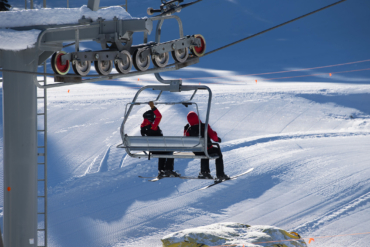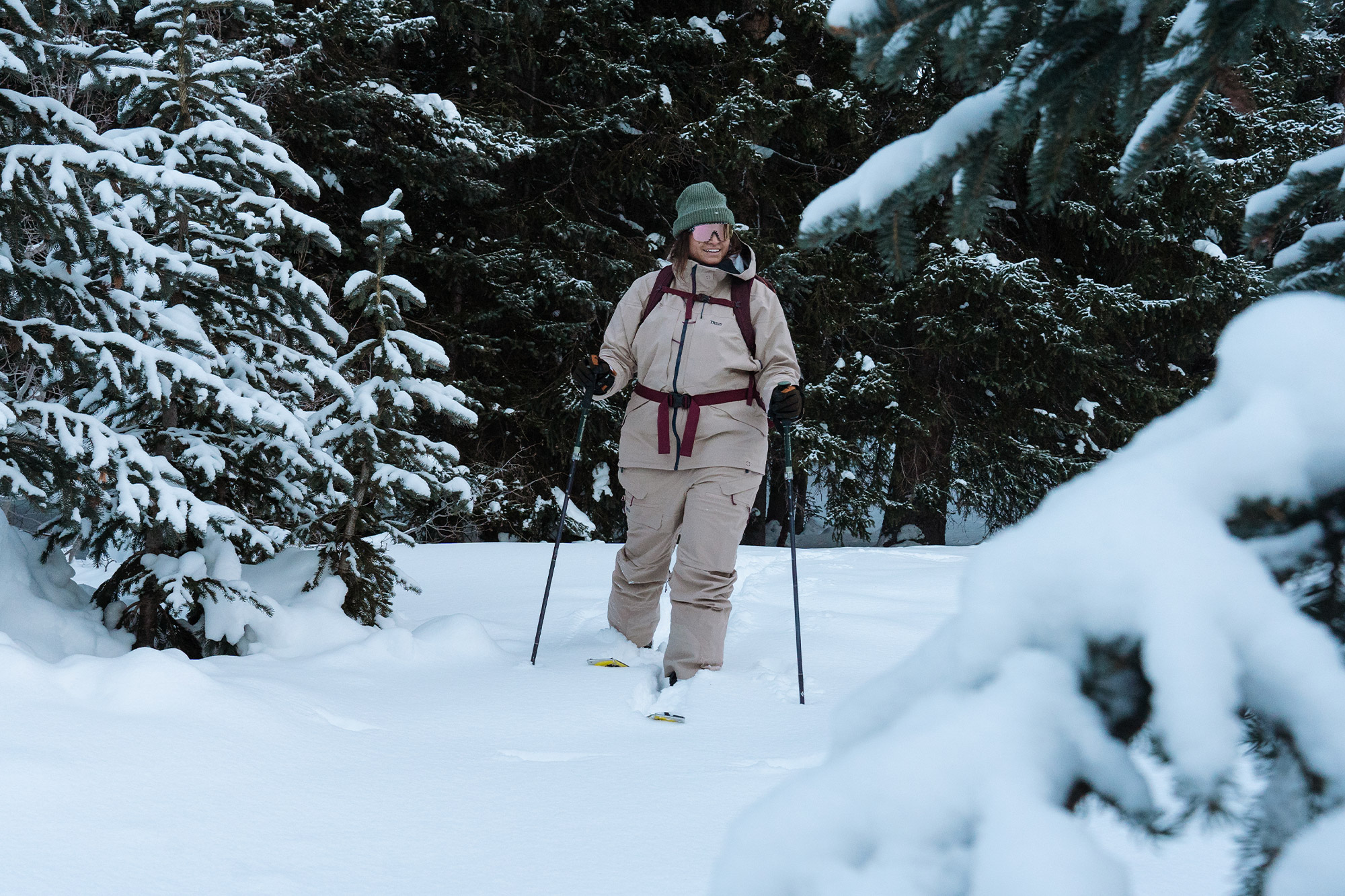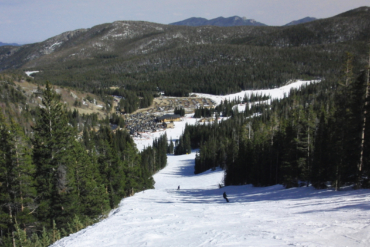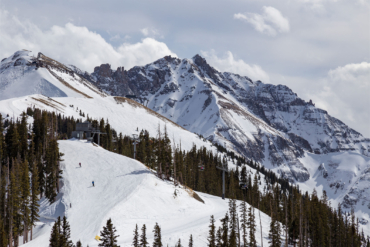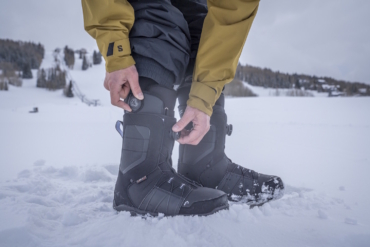Above image credit: Nate Mitka
Huck 30-foot cliffs with a carbon board? Now that’s a serious claim. Weston updates the Backwoods in carbon for 2019. We toured in Wyoming and Colorado for this first look review.
Sheer rock walls fell on either side of me. Stones jutted up in the snow down the couloir. Avalanche danger was considerable that day, and the line was steep. It was no time for equipment failure.
On my feet was the Weston Carbon Backwoods Splitboard, a board that hasn’t released to the public yet. Thankfully, the board not only held up but thrived going downhill.
Weston updates its hallmark board, the Backwoods, in carbon fashion for next winter season, 2019-2020. It introduced a first-of-its-kind carbon and aluminum construction in its Backwoods and Backwoods Split models.
The brand claims it not only decreased the weight but also retained durability. We’re talking about the kind of durability that holds up to 30-foot cliff hucks time and time again.
I tested the Weston Carbon Backwoods Split during a tour day on Vail Pass and Grand Teton National Park, the site of aforementioned rocky couloirs, for this first look review.

Weston Backcountry Carbon Backwoods Splitboard Review
Weston Backcountry, based in Minturn, Colo., spent 3 years developing the Carbon Backwoods. The brand saw serious problems with carbon in snowboards — namely durability.
“We know that, generally, carbon boards have been plagued with durability issues, or ride like a noodle,” said Sean Eno, marketing director for Weston. “The goal was to drop the weight but maintain the high level of durability that Weston is known for and provide the same freeride flex our riders demand.”
In total, Weston shaved 1.3 pounds off the 157 Backwoods Splitboard. Inside is a paulownia wood core and carbon top sheet. And to retain durability, it used aluminum stringers as opposed to carbon stringers.
For context, the Jones Ultracraft Splitboard, dubbed one of the lightest splitboards on Earth, weighs 5.95 pounds. This compares to the Weston Carbon Backwoods Splitboard at 5.84 pounds.
It’s more than 1 pound lighter than non-carbon boards, if not 2 pounds, and right on point with other carbon boards.

The aluminum in the board is heavier than carbon, but the brand claims it provides a smooth, damp ride and can withstand more stress than brittle carbon stringers.
Weston claims it’s the only major snowboard brand to use aluminum stringers in a carbon splitboard.
Further, on construction, the brand beefed up the paulownia wood core behind the rear binding and in front of the front binding for extra toughness. The brand found that’s where most carbon boards break.
The result is a board that’s seriously lightweight and supposedly ultradurable.
Weston Carbon Backwoods Specs
- Weight: 157 split is 5.84 pounds (157 solid is 7.17 pounds)
- Sizes: 152, 157, and 163
- Cost: $1,099 for the split, $799 for the solid
- Available: Winter 2019-2020 season
Splitboard Test: Weston Carbon Backwoods Review
I was most impressed by the Weston Carbon Backwoods Splitboard on the way up. The weight savings is no joke, and I seriously noted it while touring.
Kick turns felt easy, as the board moved in an extension of my foot. It was not cumbersome. Stomping out transition areas was simple, as the board is so light. And, step by step, the low weight saves precious energy.

Yet I wasn’t afraid of performance on the way up. Falls are minor, and breaks can be fixed. On unforgiving terrain, a splitboard needs to hold up for the safety and enjoyment of the rider — especially when it’s cutting weight.
And any concerns about the board disappeared when I dropped in, time and time again, on this board. Man is this thing fun to ride on the way down!
The shape lends itself to an incredible ride thanks to its directional tapered shape, rockered nose, and camber between the feet. It’s surfy yet powerful and holds up to chatter, ice, and powder in solid fashion.
I didn’t manage to break the board, unfortunately (I feel like every good board snap comes with a good story). But I also didn’t huck any huge cliffs or land on rocks. Time will tell if the Carbon Backwoods Splitboard can hold up to repeated abuse and big landings.
Downsides: Weston Carbon Backwoods Splitboard
Carbon is a luxury. In most cases, you don’t really need a carbon board. It’s expensive, and some boards have a track record of breaking.
Sure, the way up will be pretty incredible. And you’ll feel like you can will the board to wherever your feet go. But a little extra weight for most casual weekend splitboard tourers isn’t all that bad.
Another obvious caveat with carbon is cost. The Weston Carbon Backwoods Splitboard costs $1,099. On the surface, that’s not cheap. But it actually costs a bit less than other carbon boards.
And if the board performs like the brand claims — that it’s really hard to break — then your investment will go that much further.
Weston Backcountry releases the Carbon Backwoods and Carbon Backwoods Splitboard next winter for $799 and $1,099, respectively.



